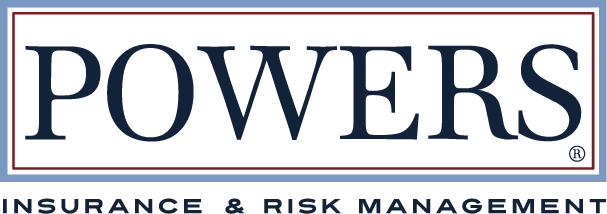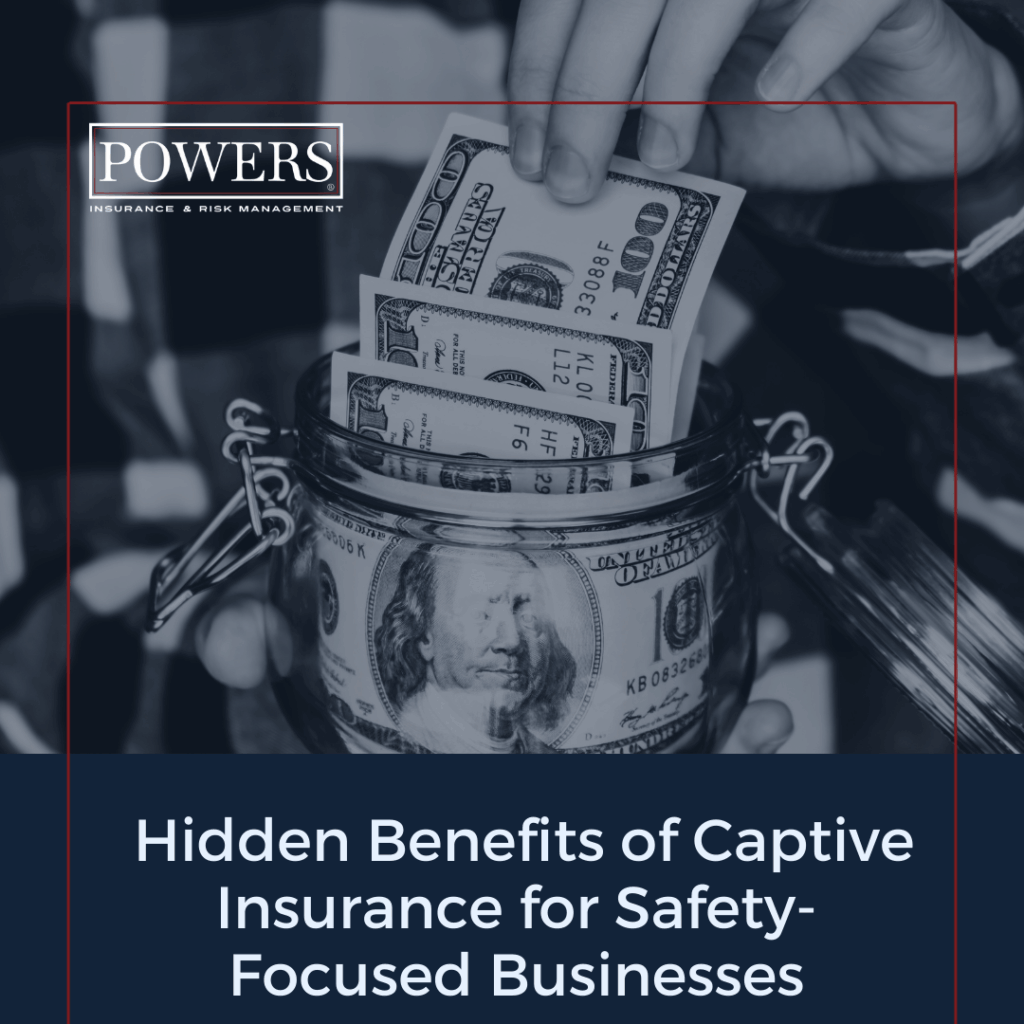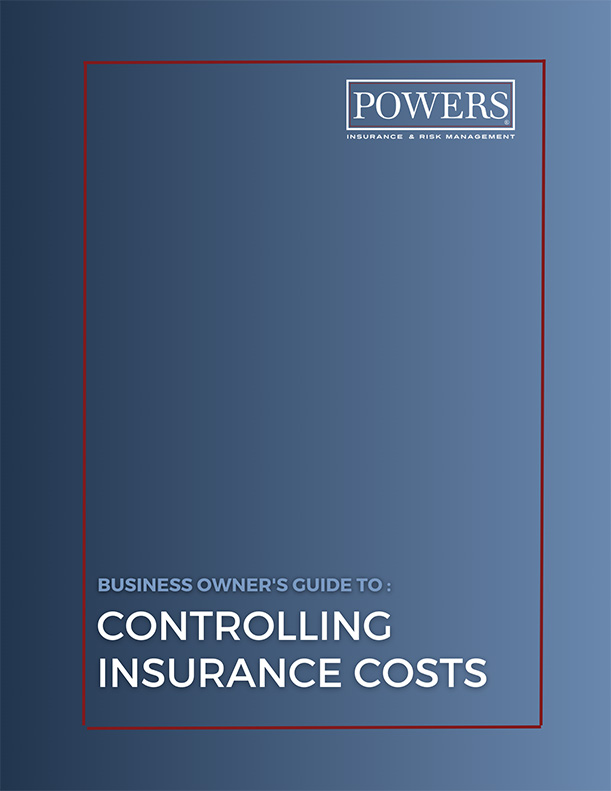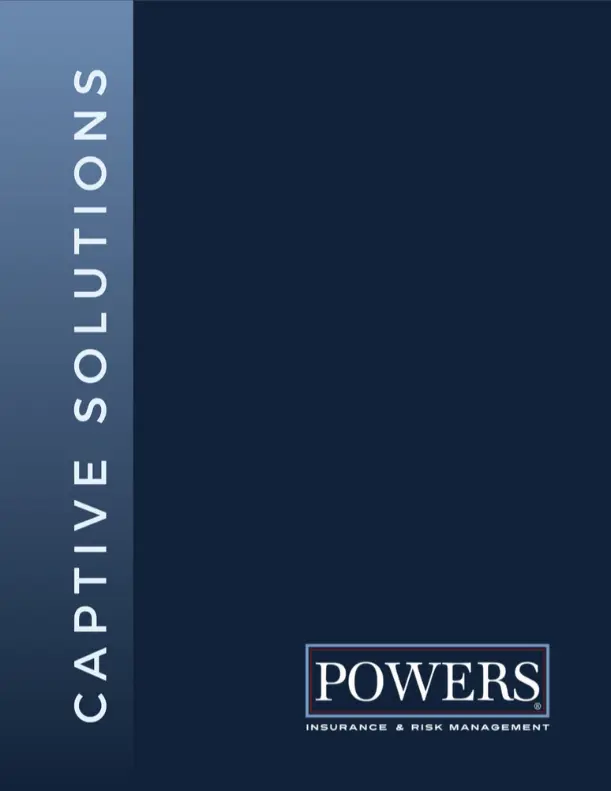The construction sector is at the heart of our economy. It enables our communities to grow and shelters us from storms.
It’s also one of the highest-risk industries to work in. From complicated logistics to heavy machinery, there are many risk factors for construction professionals to manage.
In this guide, we’ll cover:
- What is construction risk management?
- Why a construction risk management plan is important
- Common types of construction risk
- Your construction risk management plan: 4 vital steps
- What type of construction insurance do I need?
- How much does construction insurance cost?
- Growing your construction business with surety bonds
- Protect your construction business and thrive with integrated risk management
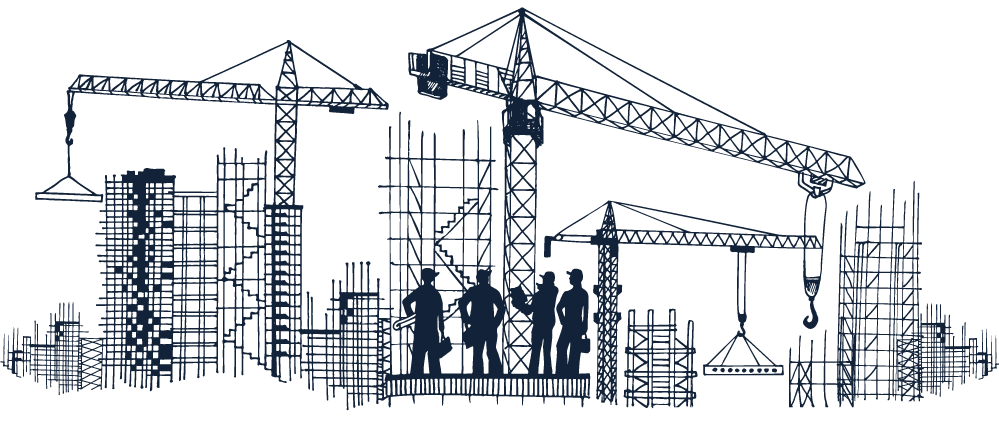
What is construction risk management?
Construction risk management is the process of systematically evaluating risks and taking measures to reduce their impact on construction projects. This process doesn’t happen naturally. To control risk in construction, company leadership must work together with foremen and employees to execute an intentional risk management plan.
Why a construction risk management plan is important
A construction risk management plan is important because it can help you:
- Improve consistency and efficiency
- Keep your workers safe
- Drive down insurance costs
- Increase your profits
From a financial standpoint, risk control may be one of the largest expenses your construction company incurs. But it’s all about investing now to avoid larger costs later. One major risk event or costly noncompliance issue can have a devastating impact on your bottom line.
Common types of construction risk
Here are some common risks you might face as a construction company.
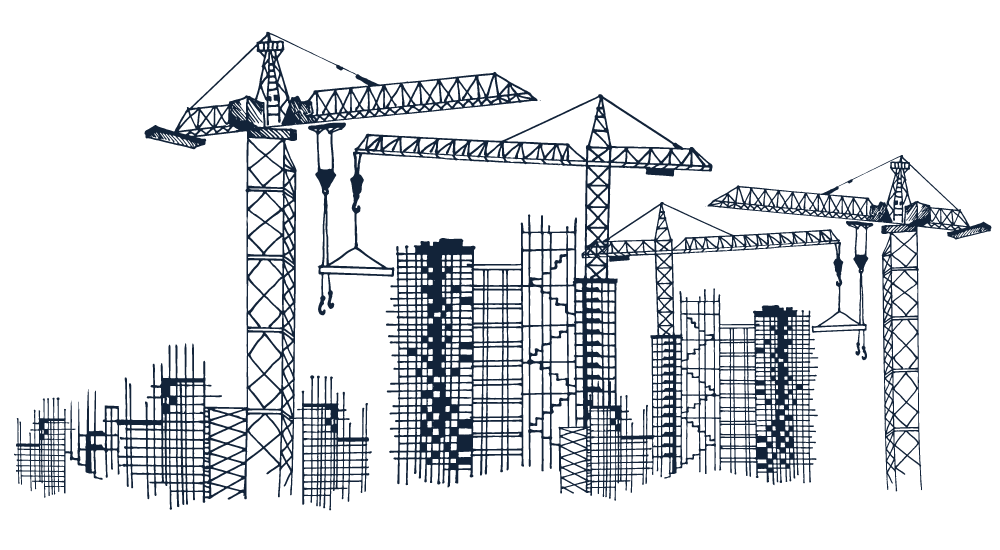
Labor issues
Difficulty attracting and retaining skilled labor can be a big issue in construction. Many jobs require specialized knowledge and experience. These challenges can lead to project delays, quality control concerns, and increased costs for companies.
Safety hazards
In terms of safety risks, construction is one of the most dangerous industries. One serious incident can change someone’s life forever – and cost your company dearly. Some of the most common types of injuries in construction are:
- Falls from heights
- Overexertion
- Driving incidents
- Struck by objects and equipment
- Exposure to harmful substances
Time and schedule risks
Construction projects involve many different teams that might not work together regularly. For this reason, coordination can be a big challenge. This type of risk means one delay can throw off the rest of the project’s timeline. Concurrent schedule delays can lead to budget and performance issues.
Environmental risks
Construction projects can have environmental impacts like unintended soil erosion or the pollution of nearby water and air with hazardous material. These harmful impacts can lead to hefty fines for your company and reputational damage.
Design errors
Architects, designers, and engineers can be held liable for any errors or omissions in their construction plans. These errors could result in delays, additional costs, and expensive lawsuits.
Reporting issues
Poor reporting can cause delays and overspending. The most common types of reporting for construction projects are:
- A progress report includes updates on scheduled and completed labor, estimated and actual costs, and payments received and due.
- A materials report helps minimize waste and overspending by tracking materials planned against materials used. It also helps prevent project delays due to a lack of materials.
- A cost report includes detailed financial data about the project, including hours spent and expenses incurred. It compares the project’s budget to actual expenses.
A consistent reporting process will keep everyone on the same page in terms of your project’s costs, materials, and timeline.
Disputes
The construction industry runs on contracts. And where there are contracts, there’s a risk of disputes. Disagreements could happen between a general contractor and a subcontractor, or between a GC and a client. Some common disputes are:
- Differing site conditions: The construction project team encountered unexpected conditions on the worksite after executing the contract.
- Lack of proper risk management: The company does not have a comprehensive risk control strategy or safety measures in place.
- Quality disputes: The quality of the work does not meet the hiring party’s expectations.
- Payment claims: The hired party has not received payment as laid out by the construction contract.
Disputes can lead to budget and finance issues, as well as project delays.
Your construction risk management plan: 4 vital steps
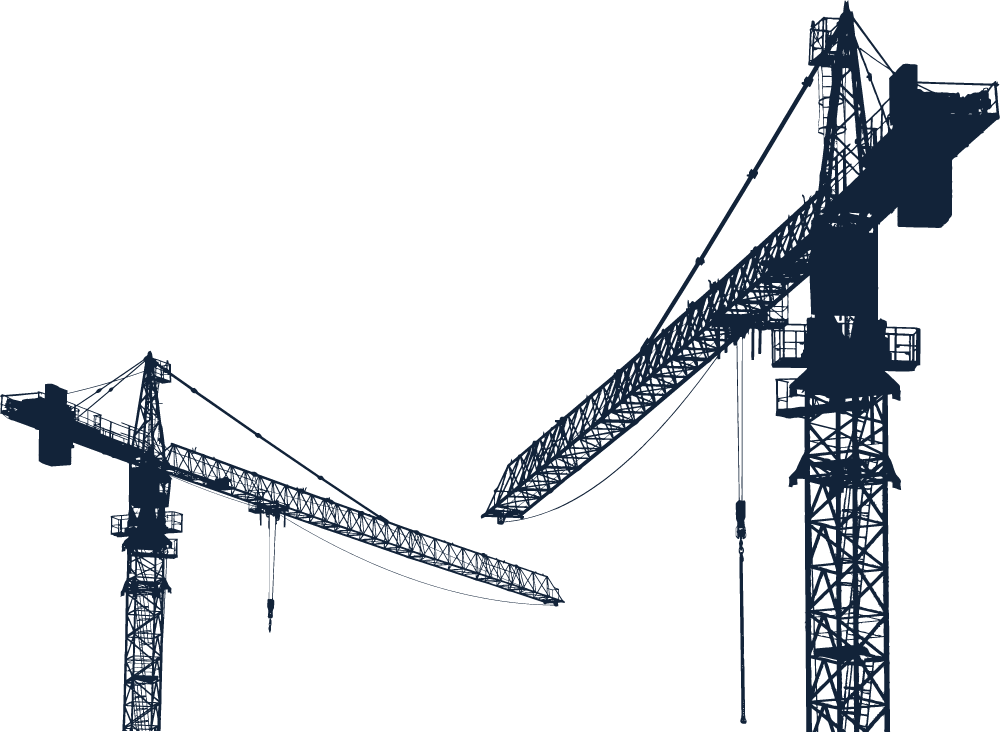
Your construction risk management strategy should be as unique as your business. Many construction companies face the same top risks, but how they prioritize and control those risks might vary based on company goals.
When should you do a risk analysis? Most construction companies assess risk before each new job. This is because each project might involve different subcontractors, environmental challenges, and financial risks. Remember to leave yourself enough time to address any potential risks uncovered during your analysis. It should be completed during the preconstruction phase.
At POWERS, we take every client through a consultative process to identify financially devastating events that could derail a business’s profitability and growth goals. Then, we build and deploy a plan tailored to their unique risk profile and reassess on an annual basis – or sooner if needed.
Follow these four steps to evaluate and plan for risk for your next construction project.
1. Identify and assess the project risks
Now that you’re familiar with the most common types of risks in construction, your first step is to identify which of them apply to your project.
To perform a thorough and efficient risk assessment, you must understand where the risk lies in the step-by-step process of your business. Each stakeholder will have a different perspective on potential exposures. It’s best to gather each perspective to perform a well-rounded risk assessment.
If you identify a large number of potential risks, don’t panic. All risks are not created equal. Your goal is to prioritize and devote resources to controlling the most important risks.
There are two factors that determine a risk’s importance: probability and severity. Look at the list of risks you identified and answer two questions for each of them:
- Probability: What is the likelihood that this risk will happen?
- Severity: What are the potential costs if it does?
A risk assessment will help you prioritize the risks and decide how you will respond to them. You can visualize this quantitative risk analysis using the quadrant below.
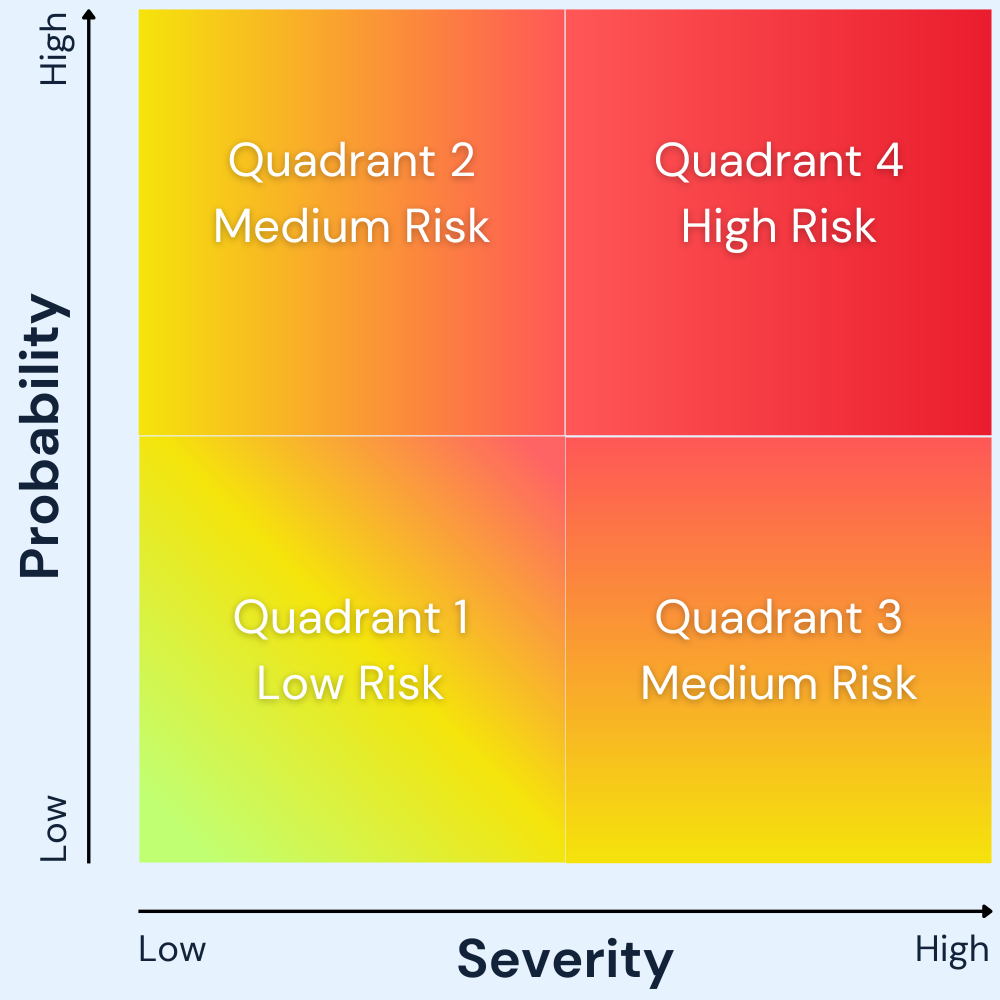
An experienced risk manager knows what questions to ask to uncover potential exposures in your process. A POWERS expert can do a full exposure analysis to identify common and uncommon risks that could cause a financial disruption for your business.
2. Implement risk strategies
Once you’ve identified and prioritized your top risks, decide how your company will approach each one. You have four options:
- Avoid the risk altogether. Sometimes, the best decision is to avoid risk with high probability and severity. For example, let’s say you bid on a project involving excavation. When you visit the job site, you see that there are unique trenching challenges, and taking safety measures will be particularly difficult. You might decide not to take the job. The potential costs are not worth the risk.
- Transfer the risk to another party. Because construction projects involve contracts, there are many opportunities for risk transfer. For example, you can require a subrogation waiver on a subcontractor’s insurance policy to prohibit their carrier from trying to recover money from you if a claim is filed. For risk transfer strategies to work, it’s crucial to enforce contract compliance.
- Mitigate and minimize the risk as best you can. This is likely the approach your company will take with most risks. Risk mitigation inherently involves trade-offs. Your job is to compare the cost of control measures to the probability and severity of the risk. For example, roofing work involves severe risks. Requiring roofers to wear fall arrest harnesses might slow down the pace at which they work. However, the potential costs of a fall are so high that the trade-off is worth it.
- Accept the risk and its implications. No business is risk-free. Some risks are simply a cost of doing business. For risks that are low probability and low severity, the resources to mitigate, transfer, or avoid the risk are just not worth it.
For most of the exposures you identify, you’ll take options 2 and 3. Here are some steps you can take to proactively mitigate the risk your business faces:
- Train employees on your company’s safety, security, and risk response policies.
- Post compliance standards and safety policies where everyone can see them.
- Create contingency plans so you’re prepared to respond to an incident.
- Get the right insurance policies to transfer the financial burden to your carrier.
Sound like a lot to manage? It’s not easy to get a handle on risk mitigation, but it’s crucial to your business’s long-term success. Luckily, you don’t have to do it alone. POWERS offers a full suite of risk professionals to help you safeguard your business. You’ll have right-hand access to in-house experts to help mitigate your risk.
Risk Manager: Licensed advisor to help prioritize the impact of a risk on your operation or financial status.
Underwriting Manager: Licensed underwriter who evaluates your risk profile and presents your best coverage options.
Safety Manager: Licensed compliance manager who teaches onsite safety protocols.
Claims Handler: In-house claims advocate in your time of need.
3. Plan your response to risk events
One of the most important parts of the risk management process is being prepared to act if a risk event does occur. Some risks are unavoidable. For example, no one can prevent natural disasters – the best we can do is be prepared.
Your risk response plan could be as simple as “file an insurance claim.” But the higher priority the risk, the more detailed your response plan should be.
For example, if you get into a contract dispute with a subcontractor that’s working on several projects, the potential impact is high. You should be prepared with strategies to manage client relationships and hire backup subs. Construction surety bonds can also be part of your contingency plan.
4. Monitor risks
Construction is a fast-paced industry with many moving parts. The risks you face tomorrow might not be the same as those you face today. Doing a risk assessment once and letting the report collect dust will not help you protect your business in any tangible way.
It’s vital to monitor your company’s risk profile as it evolves and make sure your responses are still appropriate. Construction’s project-based workflow makes it intuitive for companies to incorporate a risk management process into every new project.
If you don’t have a dedicated risk manager (or even if you do), this can be a tall order. But without an intentional and consistent process, you could face the unexpected consequences of a risk event. Working with a risk management partner can help you identify and respond to new risks.
What type of construction insurance do I need?
Construction companies have a lot on the line. Insurance is a critical part of managing the risk associated with large projects, expensive specialists, and physically-demanding work environments.
There are many factors that influence your insurance strategy. That’s why we take a consultative approach at POWERS. We need a thorough understanding of your operations, exposures, and goals to recommend the best insurance solutions for you.
Once we’ve done your risk assessment, here are some of the policies we might recommend.
General liability
What does general liability insurance cover?
General liability insurance provides coverage if someone claims that your business caused personal injury or physical damage. It helps protect your company from financial losses due to lawsuits or other legal claims.
When we recommend general liability
General liability insurance protects your business at the most fundamental level. We recommend it for most businesses that interact with the public.
Commercial property
What does commercial property insurance cover?
Commercial property insurance protects your building and physical property from events like fire, theft, vandalism, and natural disasters. It covers financial losses from damage to your property, as well as lost income and other expenses incurred while recovering from the event.
When we recommend commercial property
We recommend commercial property insurance for most businesses that own or rent property, including buildings, equipment, inventory, and supplies.
Workers’ compensation
What does workers’ comp insurance cover?
Workers’ comp insurance provides medical, wage, and other financial benefits to employees who are injured or become ill on the job.
When we recommend workers’ comp
This no-fault insurance policy protects you and your employees from the financial impact of workplace injuries. It’s often legally required in construction, and we recommend it for most businesses with employees.
Inland marine
What does inland marine insurance cover?
Inland marine insurance provides coverage for equipment and other property while it’s in storage or transit on land. It protects your business from losses due to damage or theft that occurs during transportation, or while you’re storing the equipment at a temporary location like a job site.
When we recommend inland marine
Any business with transportable property, such as construction equipment or goods in transit, should have inland marine.
NEW PRODUCT
Telematics leads to BIG insurance savings!
By applying telematics technology it’s even easier to manage your assets and reduce risk to equipment in transit or on the job site.
We’re pleased to offer POWERS clients access to special discounts of up to 50% on their inland marine policies.
How? It’s simple – we reward safe operators using telematics technology. Find out how much you can save by getting a free consultation on our calendar
Commercial auto
What does commercial auto insurance cover?
Commercial auto insurance covers vehicles you use for business purposes. In case of an accident, it helps cover the cost of repairs to your vehicle, medical bills, and damage to property. It can also help pay for legal expenses if someone sues you.
When we recommend commercial auto
We recommend commercial auto for any business that uses vehicles for business purposes – whether they’re owned by the company or the employee.
Builder’s risk
What does builder’s risk insurance cover?
Builder’s risk insurance covers buildings while they’re under construction or renovation. It protects structures, materials, and equipment against damage or losses due to fire, theft, vandalism, and weather.
When we recommend builder’s risk
Any business that builds or renovates structures, like contractors or developers, should have builder’s risk insurance.
Professional liability (E&O)
What does E&O insurance cover?
Errors and omissions insurance defends your business against claims that mistakes or negligence caused financial harm. It’s essential for businesses that provide professional services. It covers the costs of legal defense, settlements, and judgments.
When we recommend E&O
We recommend E&O insurance for any business that provides professional services. This includes industries like accounting and legal, as well as construction firms providing design services.
Directors & officers (D&O)
What does D&O insurance cover?
D&O insurance provides coverage for the personal liability of your company’s directors and officers. It covers claims made against them for management errors like breaches of fiduciary duty or lack of corporate governance. This policy helps protect both your company and your officers from lawsuits.
When we recommend D&O
Any business that has directors or officers can benefit from having D&O insurance to protect their personal assets.
Employment practices liability insurance
What does EPLI insurance cover?
EPLI insurance provides coverage for claims made by your employees for wrongful employment practices like discrimination, harassment, or improper hiring. It covers legal defense costs, settlements, and judgments related to such claims.
When we recommend EPLI
We recommend EPLI insurance for businesses with larger numbers of employees, but any company with employees could be exposed to the risk of employment-related claims.
Product liability
What does product liability insurance cover?
Product liability insurance protects your business if your products cause injury or property damage. It’s a common policy for businesses that manufacture or sell products. It covers the costs of legal defense, settlements, and judgments related to a product liability claim.
When we recommend product liability
We recommend product liability to any business that manufactures, distributes, or sells physical products.
Pollution liability
What does pollution liability insurance cover?
Pollution liability insurance protects your business from financial losses resulting from environmental contamination. It can cover the costs of cleanup, legal fees, and damages to third parties.
When we recommend pollution liability
We recommend pollution insurance for businesses in industries with potential environmental risks, like construction and waste management.
Cyber liability
What does cyber liability insurance cover?
Cyber insurance provides coverage for losses caused by a security failure or data breach. It’s a must for any business handling customer data. It covers a range of expenses, like notification costs, credit monitoring, public relations, legal fees, and regulatory fines.
When we recommend cyber liability
Nearly every business is exposed to cyber risk. We recommend cyber insurance for any business that uses technology to conduct business or store sensitive information.
Crime liability
What does crime liability insurance cover?
Crime insurance helps defend your business from losses caused by criminal acts like theft, fraud, and embezzlement – by your own employees or third parties. It covers the costs of investigations, legal defense, and judgments.
When we recommend crime liability
We recommend crime insurance to businesses that are vulnerable to crimes like theft, embezzlement, and fraud by employees or external parties.
Excess liability
What does excess liability insurance cover?
Excess liability coverage is for losses that exceed the limits of your other policies. It can help protect your business from the devastating financial impact of a catastrophic loss.
When we recommend excess liability
Excess liability is an extra layer of protection for your business. We might recommend it if you are exposed to the risk of serious claims that could quickly exceed your limits.
How much does construction insurance cost?
Construction insurance premiums are often higher than those in other industries because of the perceived high level of risk involved. Insurance carriers calculate your premiums using several factors:
- Industry and operations
- Revenue
- Payroll
- Years in business
- Claims history
- Risk management practices
Because insurance costs can vary, it’s important to work with a risk manager to find the best solution for your business. Construction businesses with complex risk profiles will find the most value from partnering with an independent agent that will help them proactively manage risk for long-term success.
Learn more about the benefits of integrated risk management.
Growing your construction business with surety bonds

If you work on government contracts, you’re likely required to have surety bonds. In the construction industry, private contracts also sometimes require bonds. They mitigate risk for your client and enable you to bid on and win larger jobs.
A bond is a three-party contract between you (the principal), your client (the obligee), and the surety provider. If you fail to perform according to the contract terms, the surety will step in to fulfill your obligation.
In this event, the surety provider will expect to be made whole via the indemnity agreement, which is both a corporate and personal guarantee from you to the surety.
The main purpose of bonds is to provide assurance to taxpayers that the projects they’ve paid for will be finished, and the laborers, subcontractors, and suppliers will be paid for their work.
The most common types are:
- Bid bonds protect the obligee if a bidder wins a contract but fails to sign the contract or provide the necessary additional bonds. Bid bonds help screen out unqualified bidders since a surety will not issue a bond to a contractor it believes can’t fulfill the contract.
- Performance bonds guarantee the completion of a project according to contract terms if the principal fails to fulfill the contract terms.
- Payment bonds ensure that subcontractors and suppliers are paid for labor and materials if the principal fails to make payments.
What’s the difference between a bond and insurance?
The main difference between a bond and insurance is which party is ultimately responsible for financial losses. A surety bond is more like bank credit than an insurance policy. If the surety pays out on a claim, the principal remains liable and must repay the surety.
How surety bonds help you grow your business
A bond program gives you the ability to bid on and secure government contracts. Even for a job that doesn’t require bonding, you might be required to secure a bondability letter or bid bond. These are part of the prequalification process and help the project owner weed out unqualified bidders.
Securing bonded contracts boosts your revenue and fuels your growth by:
- Allowing you to bid on larger and more complex projects
- Improving your reputation
- Helping you build the company’s financial strength and generational wealth
Need help applying for a bond or increasing your capacity to win bigger jobs? Our in-house bond experts can perform a balance sheet analysis to help you make the best bonding decisions.
Protect your construction business and thrive with integrated risk management
To protect the business you’ve worked hard to build, insurance alone is not enough. It’s crucial to identify the most critical threats and make strategic decisions that will allow you to grow your business without disruption.
When it comes to risk, construction businesses face unique challenges. We’re right there with you – we work in the construction industry too. We just happen to be on the risk management side.
When you partner with POWERS, we’re more than your insurance agency. We’re a true business partner invested in your success. Our philosophy combines:
Deep Expertise
Battle Tested Processes
Cutting-edge Tools
Genuine care for clients
We put programs in place to help you execute your business plans. It’s all about empowering you to mitigate risk and grow your business. That’s the POWERS Promise.
